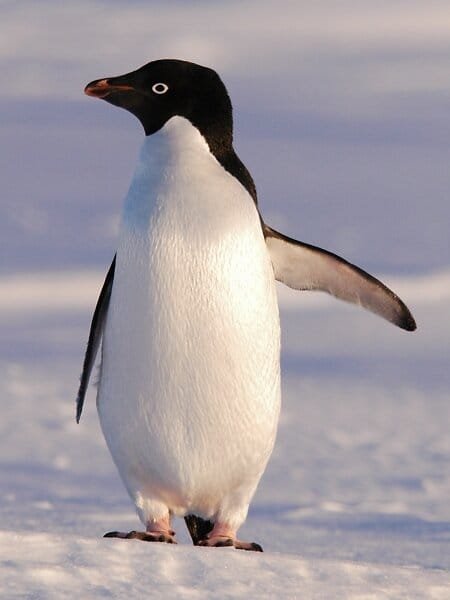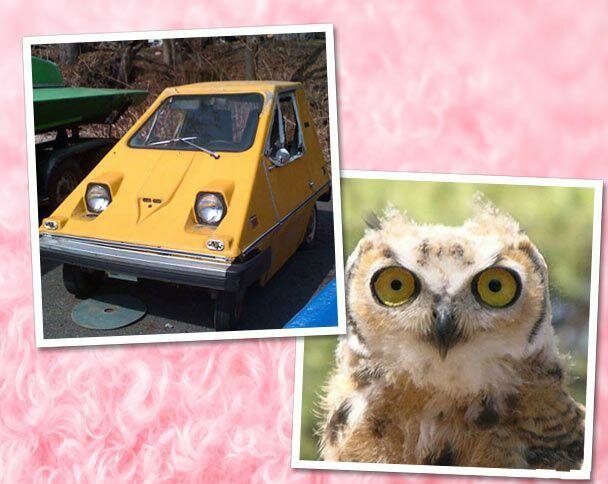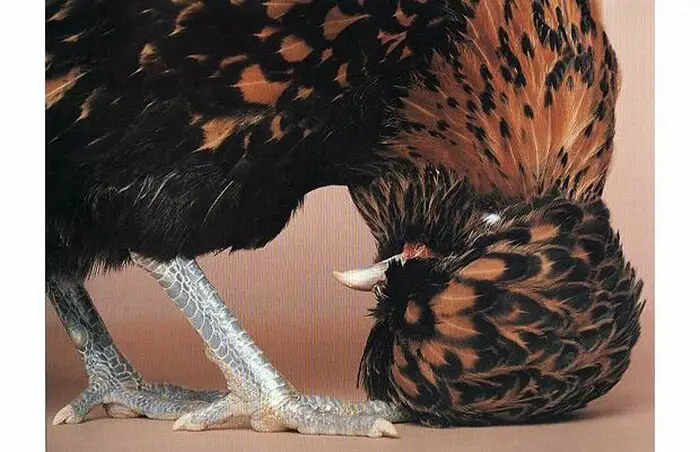Antarctica is the most savage place to live in planet Earth. Is it water or land in question, it does not matter because the temperature is the main factor of survival in this harsh place. The entire life adapts to temperature and in a truly fascinating way manages to survive and fight for survival for many generations of animals.
The Adélie Penguin,
The Adélie Penguin is a species of penguin common along the entire Antarctic coast and its nearby islands. They are among the most southerly distributed of all seabirds, along with the Emperor Penguin, South Polar Skua, Wilson’s Storm Petrel, Snow Petrel, and Antarctic Petrel. In 1830, French explorer Jules Dumont d’Urville named them for his wife, Adélie.
The Emperor Penguin
The Emperor Penguin is the tallest and heaviest of all living penguin species and is endemic to Antarctica. The male and female are similar in plumage and size, reaching 122 cm in height and weighing anywhere from 22 to 45 kg. The dorsal side and head are black and sharply delineated from the white belly, pale-yellow breast and bright-yellow ear patches. Like all penguins it is flightless, with a streamlined body, and wings stiffened and flattened into flippers for a marine habitat.
The Leopard sea
The Leopard seais the second largest species of seal in the Antarctic. It is most common in the southern hemisphere along the coast of Antarctica and on most sub-Antarctic islands, but can also be found on the coasts of southern Australia, Tasmania, South Africa, New Zealand, Lord Howe Island, Tierra del Fuego, the Cook Islands, and the Atlantic coast of South America. It can live twenty-six years, possibly more. Orcas and large sharks are the only natural predators of leopard seals.
The King Penguin
The King Penguin is the second largest species of penguin at about 11 to 16 kg, second only to the Emperor Penguin. There are two subspecies – A. p. patagonicus and A. p. halli; patagonicus is found in the South Atlantic and halli elsewhere. King penguins eat small fish, mainly lanternfish, and squid and rely less than most Southern Ocean predators on krill and other crustaceans. On foraging trips they repeatedly dive to over 100 metres, often over 200 metres. Thus the King Penguin dives far deeper than any other penguin, notably excluding their closest relative, the larger Emperor Penguin.
The Killer Whale,
The Killer Whale, commonly referred to as the orca – and, less commonly, blackfish – is the largest species of the oceanic dolphin family. They are found in all of the world’s oceans, from the frigid Arctic and Antarctic regions to tropical seas. Killer whales as a species have a diverse diet, although populations often specialize in particular types of prey. Some feed exclusively on fish, while other populations hunt marine mammals such as sea lions, seals, walruses and even large whales. Killer whales are regarded as apex predators as they have no natural predators.
Shrimp Krill
Krill is a shrimp-like marine invertebrate animal. These small crustaceans are important organisms of the zooplankton, particularly as food for baleen whales, manta rays, whale sharks, crabeater seals, other seals, and a few seabird species that feed almost exclusively on them. Another name is euphausiids, after their taxonomic order Euphausiacea. The name krill comes from the Norwegian word krill meaning “young fry of fish,” which is also often attributed to other species of fish.














